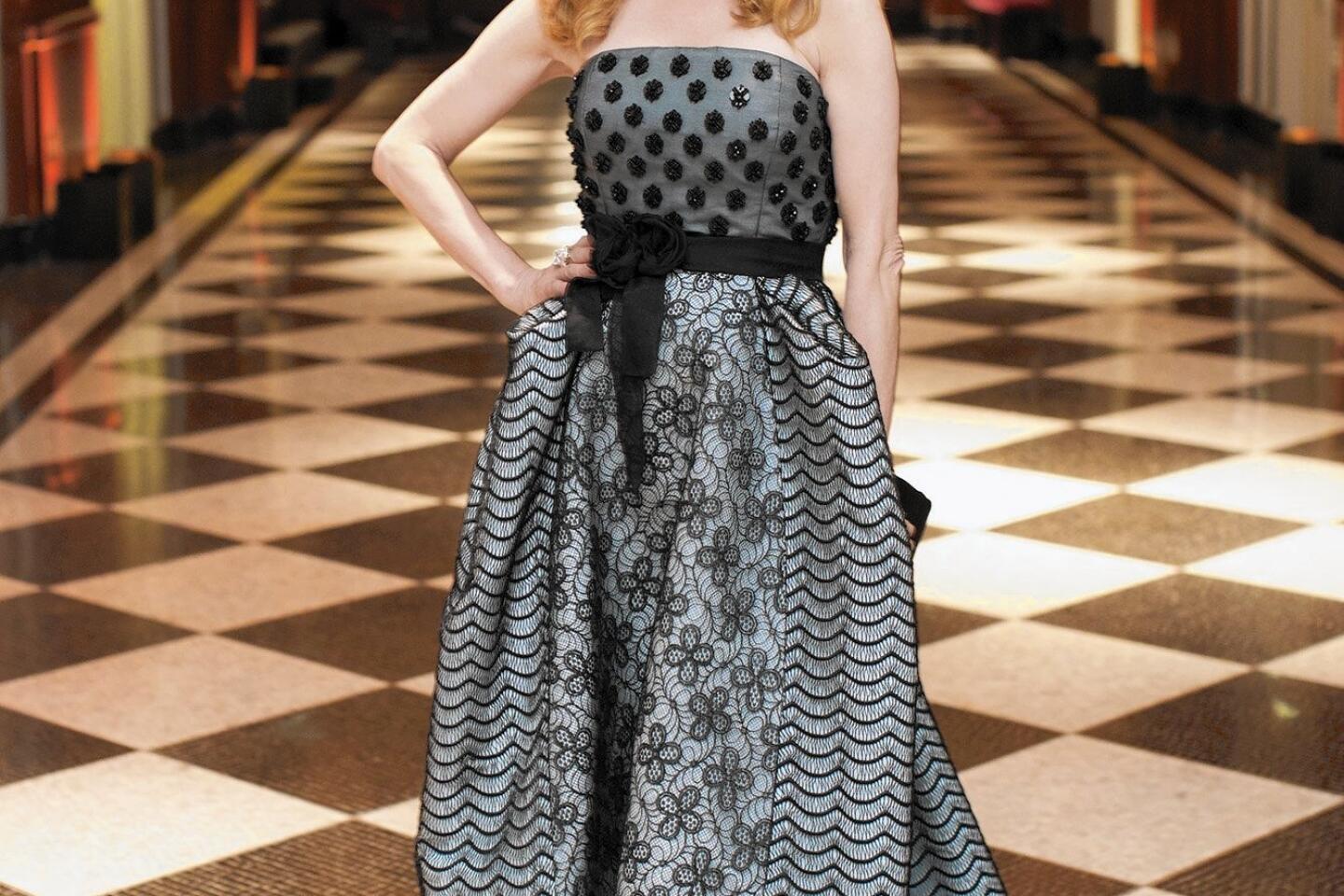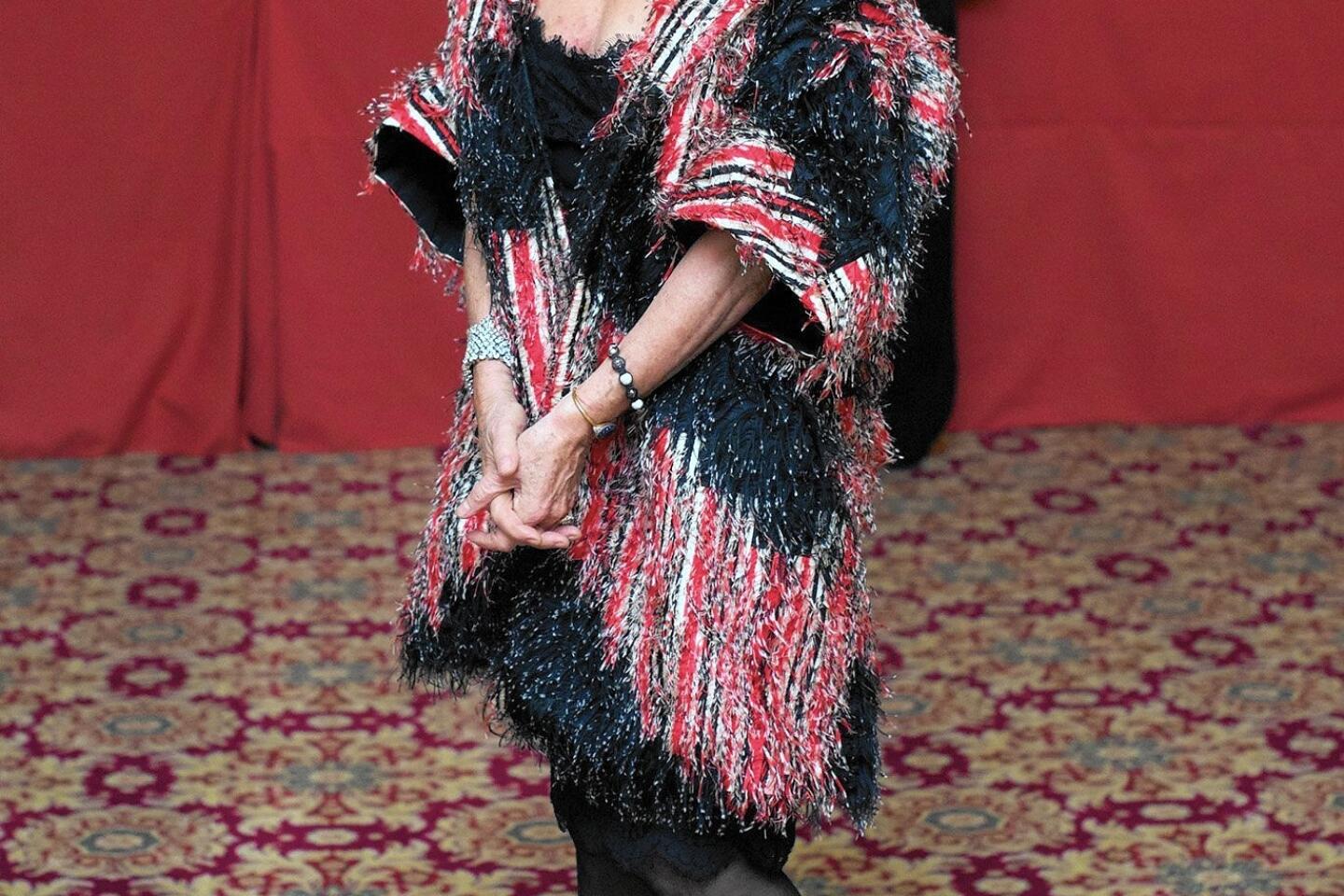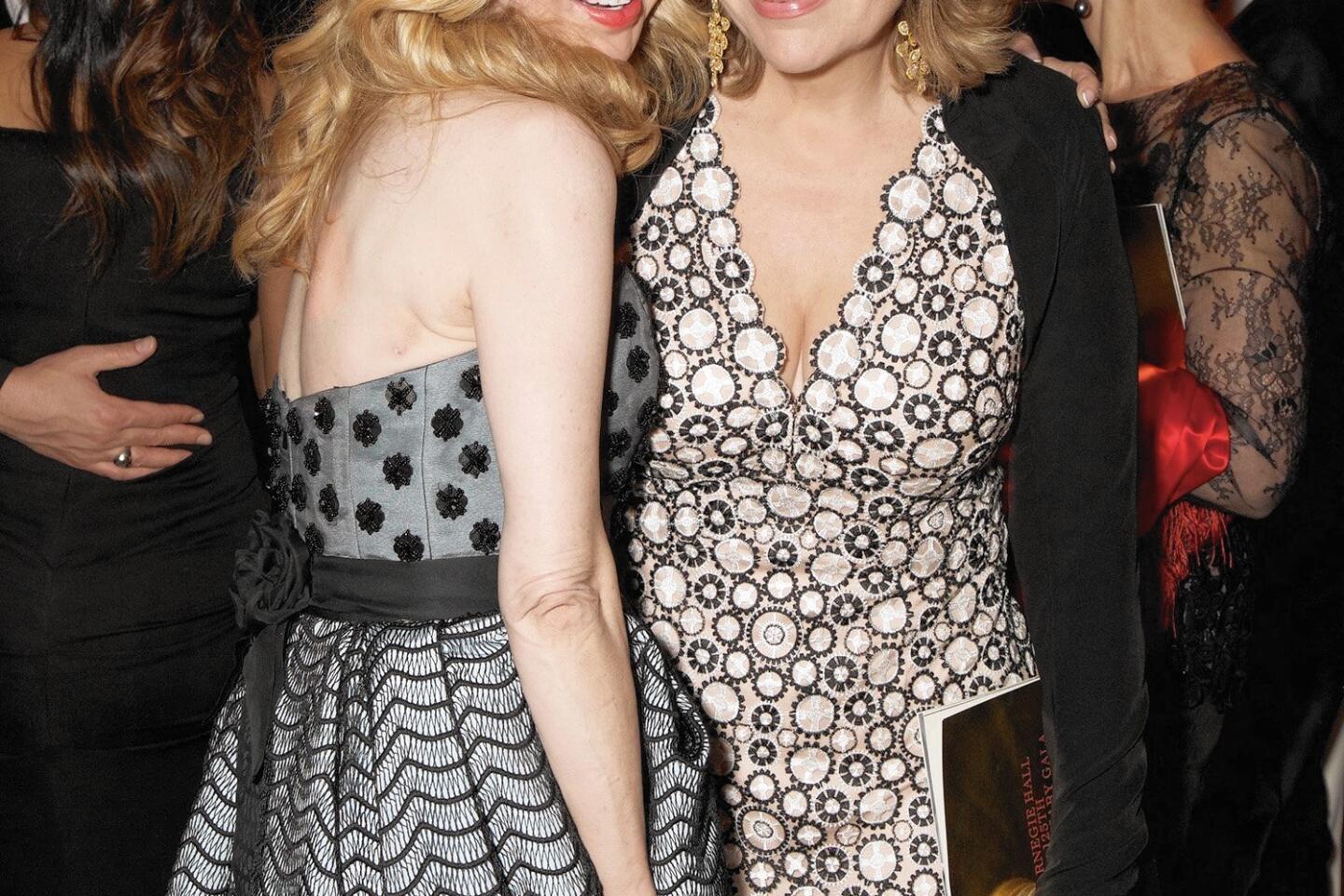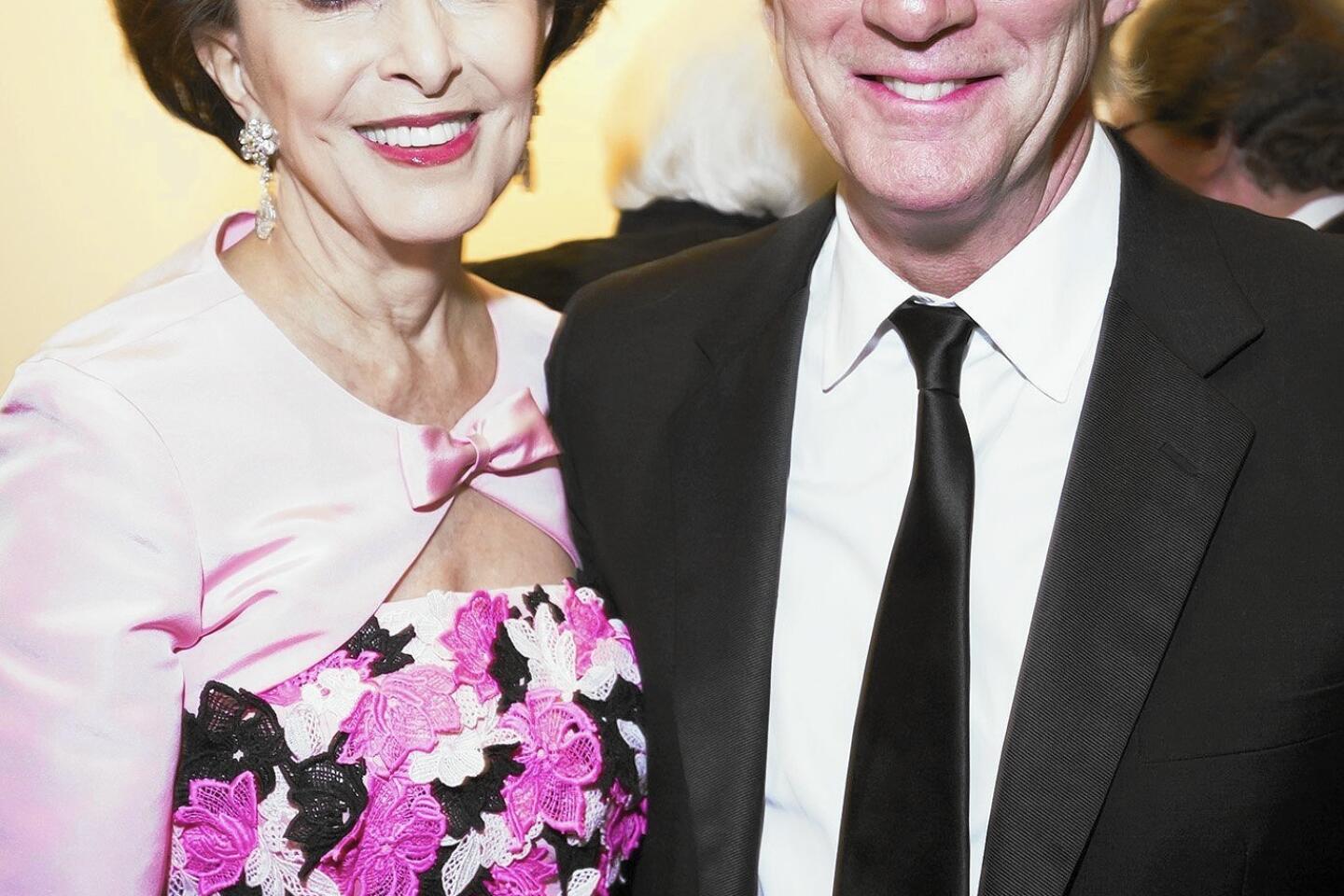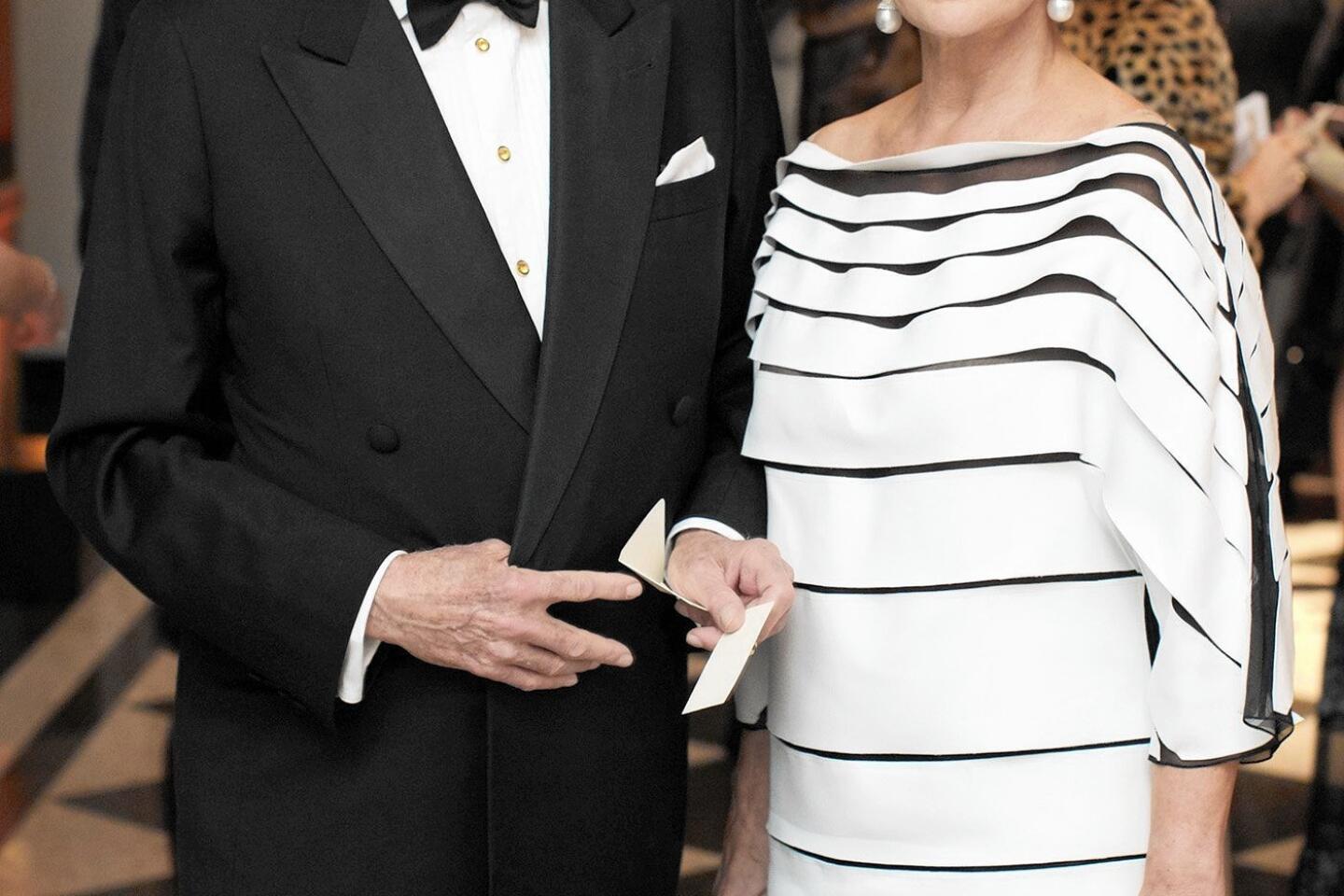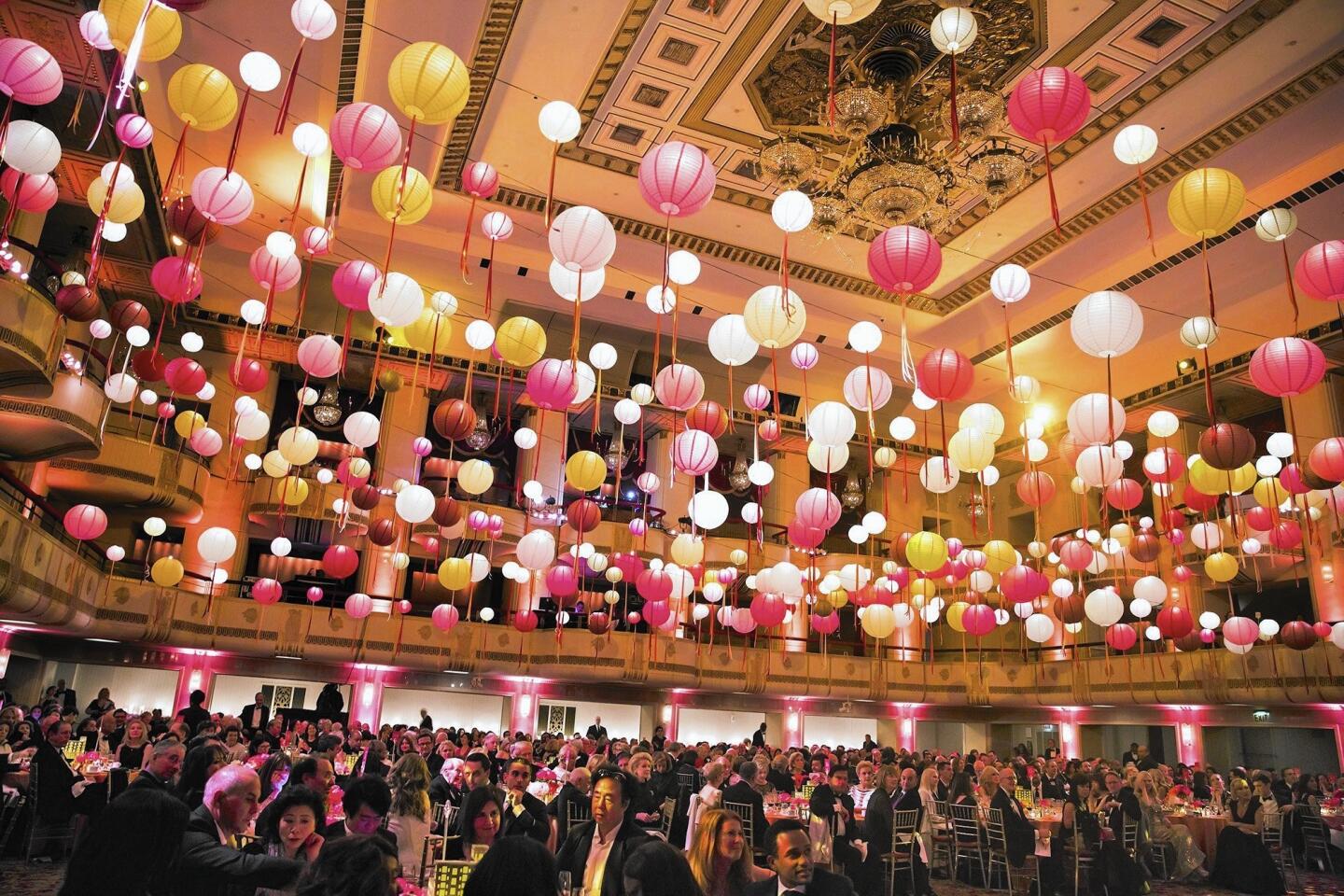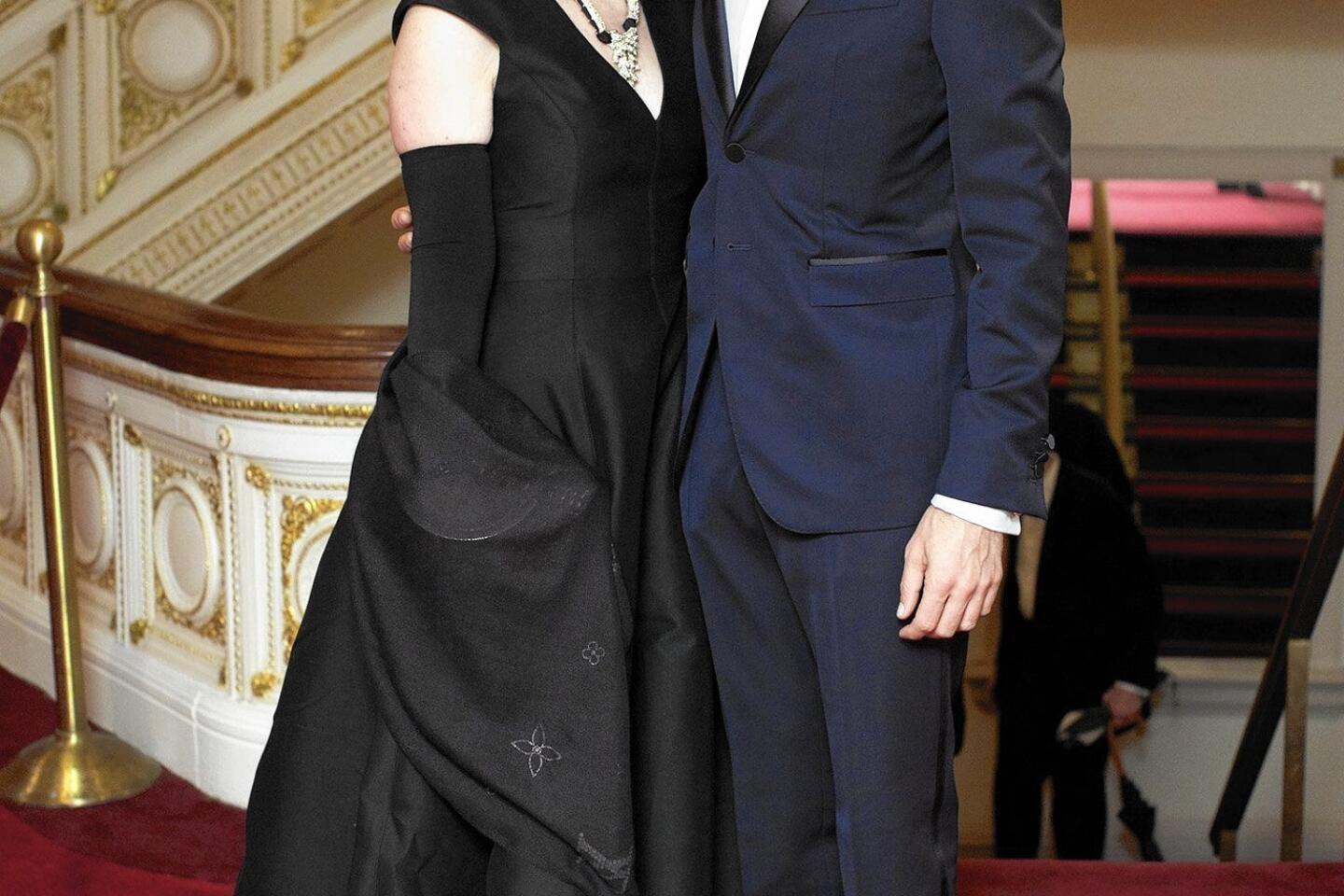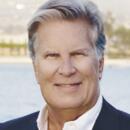The Crowd: Carnegie Hall story and Segerstrom Center’s show historical parallels
- Share via
On May 5, 1891, New York’s iconic Carnegie Hall opened with a concert featuring Tchaikovsky. It was the Russian composer’s American debut.
Benefactor Andrew Carnegie, the steel magnate and namesake of the music hall, was quoted saying, “It is probable that this hall will intertwine itself with the history of our country.”
On May 5, 2016, Carnegie Hall celebrated its milestone 125th anniversary. A spectacular concert and glittering black-tie dinner marked the occasion on the exact date the hall first opened in the 19th century.
There is a significant connection to the cultural scene in Orange County. That connection began some decades ago with the involvement of the late Henry T. Segerstrom.
Inspired by the majesty of the facility and, more significantly, by its roster of outstanding performing talent, Segerstrom, himself a significant financial benefactor to the Carnegie Hall Foundation, began to form his own plan to create culture in Orange County that would also intertwine itself with the history of our country.
The Segerstrom vision would become the Segerstrom Center for the Arts complex, which has grown to include Segerstrom Hall, the Renée and Henry Segerstrom Concert Hall, the Samueli Theater and the future permanent home for the Orange County Museum of Art. Arguably, these formidable elements of culture have elevated Orange County into a community worthy of considerable attention and cultural achievement.
Carrying on her late husband’s lifelong pursuit, Elizabeth Segerstrom served as co-chair for the recent Carnegie Hall event.
Fittingly, South Coast Plaza was a major corporate sponsor, joining Bank of America and Louis Vuitton Moët Hennessy SE in making the event possible. Elizabeth Segerstrom joined Mercedes Bass of New York, gala lead chairwoman for the event, along with fellow co-chairs representing cultural leaders of New York and the national scale.
On the distinguished roster are Joan and Sanford Weill, former chief executive and chairman of Citigroup, as well as Annette de la Renta, Robert Kraft, Frederick Iseman, Hope and Robert Smith, S. Donald Sussman, Anne Finucane and Sir Martin and Lady Cristiana Sorrell. Major support also came from Susan and Ed Forst, Jenny and John Paulson, Sana Sabbagh, Beatrice Santo Domingo, Dana Matsushita, David Siegeland, the J.J.R. Foundation and the Blavatnik Family Foundation.
More than 650 guests attended, raising an impressive $4.85 million in support of Carnegie Hall’s artistic and educational programming.
It is interesting to note comparisons between the cultural leaders of the 19th century such as Carnegie and modern examples such as Henry Segerstrom. Much of the inspiration in both cases came from the women beside the men.
As a bit of historical background, Carnegie’s wife, Louise, was a singing member of a society in New York known as the Oratorio. Louise was traveling with her husband on a cruise to Scotland in 1887 along with a friend, Walter Damrosch, conductor of the New York Symphony and the Oratorio, when she asked Carnegie to build a new home for music in New York City. The seeds of Carnegie Hall were planted by Louise Carnegie.
Today, in Costa Mesa, Elizabeth Segerstrom has risen to the role of carrying the Segerstrom torch forward, building upon the phenomenal cultural landmarks created under the stewardship of her late husband and also made possible through tremendous community involvement, financial generosity and unyielding hard work and vision.
Elizabeth Segerstrom joined South Coast Plaza’s Debra Gunn Downing, executive director of marketing for the retail empire, in welcoming and greeting the New York social crowd.
The evening began with a concert in Carnegie Hall’s Stern Auditorium / Perelman Stage, hosted by film star Richard Gere.
The roster of performers was an unparalleled mix of classical to contemporary music and song. On stage were Michael Feinstein, Renée Fleming, Lang Lang, Marilyn Horne, Martina Arroyo, Yo-Yo Ma, Isabel Leonard, Itzhak Perlman and James Taylor.
The Orchestra of St. Luke’s, conducted by Pablo Heras-Casado — which also featured a performance by the current-day Oratorio Society of New York, led by music director Kent Tritle — offered the music that bound the program together.
Following the performance, guests traveled from Carnegie Hall to the Waldorf Astoria on Park Avenue for a spectacular late-night supper and dance. The crowd peered out of the tall Waldorf windows to catch a glimpse of the starlit New York skyline and the top of the Empire State Building, which was aglow with Carnegie Hall red to mark the 125th anniversary of the hall.
B.W. COOK is editor of the Bay Window, the official publication of the Balboa Bay Club in Newport Beach.
